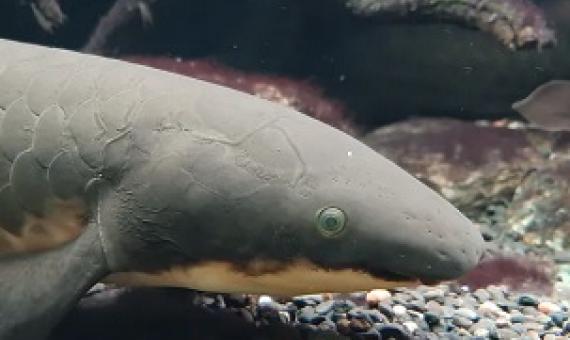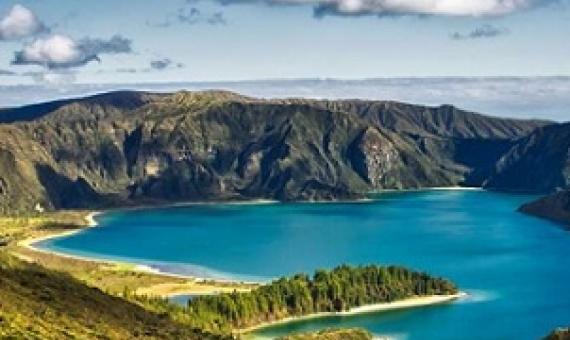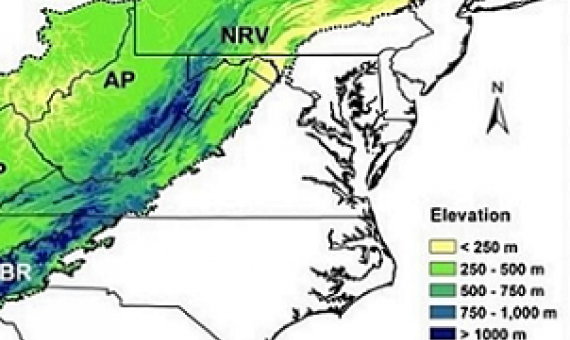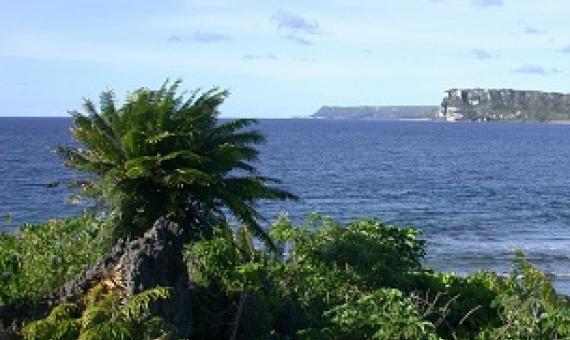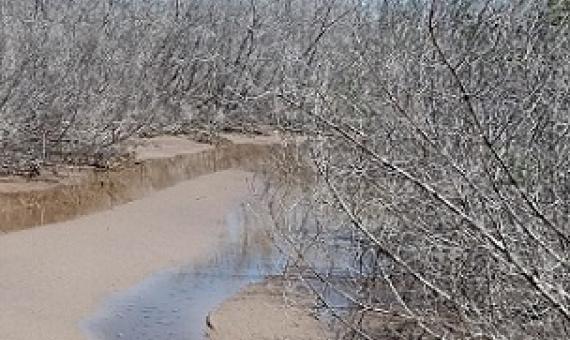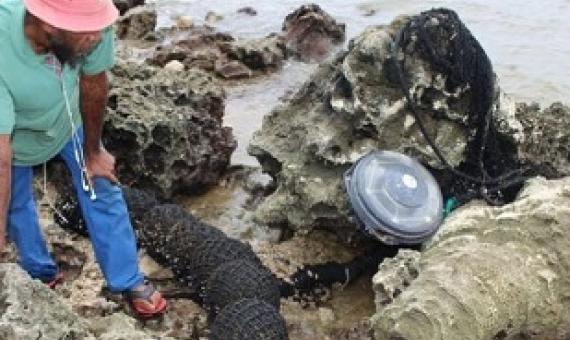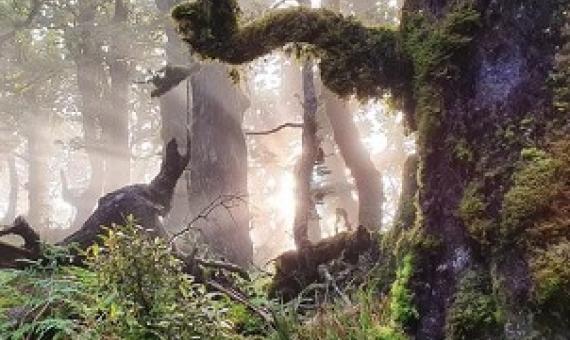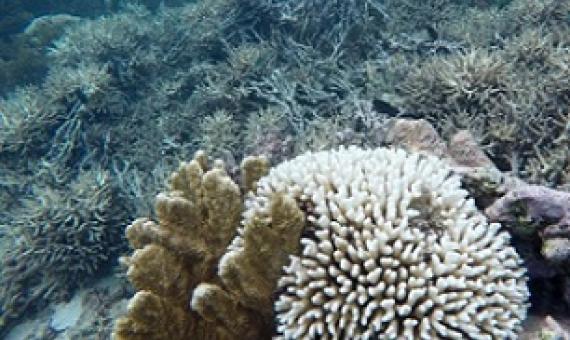Identifying the age of animals is fundamental to wildlife management. It helps scientists know if a species is at risk of extinction and the rate at which it reproduces, as well as determining what level of fishing is sustainable.
QUT researchers have developed a new machine learning mathematical system that helps to identify and detect changes in biodiversity, including land clearing, when satellite imagery is obstructed by clouds.
As temperatures and sea levels rise as a result of climate change, flora and fauna are migrating into new and unknown lands to survive.
Are the traditional practices tied to endangered species at risk of being lost? The answer is yes, according to the authors of an ethnographic study published in the University of Guam peer-reviewed journal Pacific Asia Inquiry.
A new paper published by an East Carolina University researcher in the Department of Coastal Studies shines light on the effect human-made infrastructure and natural topography has on coastal wetlands after major storm events...The study focused on the effects of Hurricane Irma, which struck Flor
The University of the South Pacific (USP) and the Department of Lands, Survey and Records (DLSR) within the Ministry of Lands and Natural Resources have signed a Memorandum of Understanding (MoU) for knowledge exchange and collaborative research activities.
The numbers of drifting fish-aggregating devices in the Western and Central Pacific Ocean (WCPO) have been underestimated, an ongoing study by the Pacific Community (SPC) shows.
The Earth is trapping nearly twice as much heat as it did in 2005, according to new research, described as an “unprecedented” increase amid the climate crisis.
Native habitats are increasingly unable to store carbon because introduced pests are chewing through forests, shrublands, and tussocklands, new research says. For the first time, Forest and Bird research has linked the habits of browsing pests to carbon emissions.
If trend of declining coral growth continues at the current rate, the world’s coral reefs may cease calcifying around 2054.

